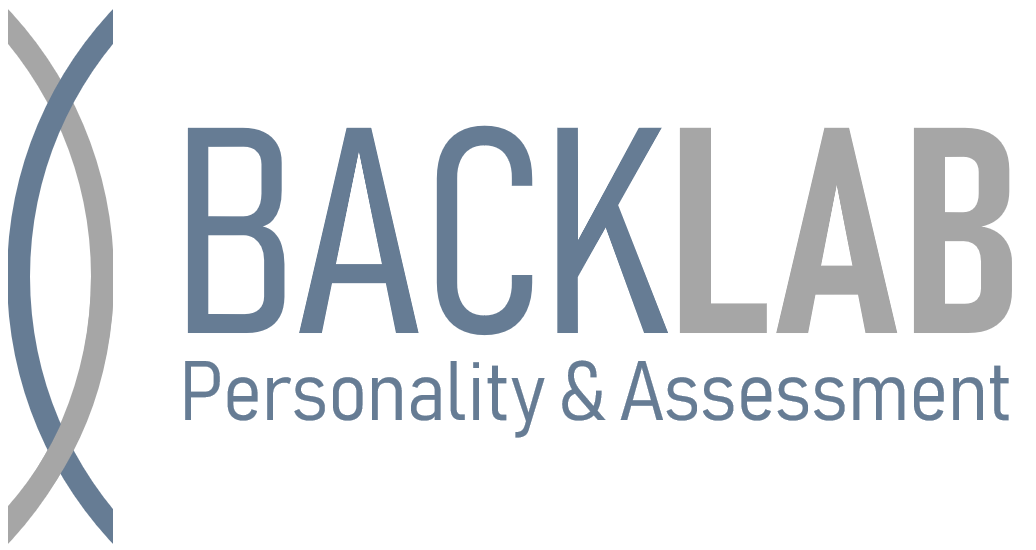Labs and Tools
We conduct a variety of studies to understand the interplay of personality and social relationships, including online surveys, laboratory experiments and field studies. For the realization of these studies, our lab provides a rich research infrastructure.
Online Research
We use software solutions such as Unipark and Qualtrics to assess self- and peer-reported personality data. In addition, we use an online application for the assessment of reaction-time based tests and experiments (Inquisit Web). We also apply these tools to conduct online studies on interpersonal perceptions.For the realization of these studies, our lab provides a rich research infrastructure.
Computer Lab
Our computer lab consists of eight working stations in separate cubicles. Each working station is equipped with a PC, a monitor for the presentation of visual stimuli, headphones for the presentation of auditory stimuli, a mouse for the assessment of ratings and specialized pads for the assessment of reaction times and dichotomous decisions. Software for reaction-time assessments is also available (Inquisit). Our Computer Lab allows for running reaction-time based indirect tests of personality (e.g., Implicit Association Tests, Affective Priming Tasks), ability tests (e.g., fluid intelligence, working memory capacity, concentration), economic game paradigms, and the standardized assessment of perceptions and judgments based on natural or experimentally varied material (e.g., videos with or without sound, sound only, photos, written text, website screenshots, etc.).
Interaction Lab
With our Interaction Labs we aim at fine-grained analyses of dyadic and group interactions regarding a variety of relationship types (e.g., acquaintanceship/friendship, romantic, professional), relationship phases (zero, short-term and long-term acquaintance) and situational contexts (e.g., cooperative vs. competitive; leisure vs. work-related). It allows for detailed observations of individual, dyadic and group behaviors (global and specific nonverbal, paraverbal, and verbal indicators) as well as the accompanying interpersonal perceptions (self, other-, and meta-perceptions). Interaction lab 1 covers two settings: a standardized group interaction setting (6 positions around a table) and a dyadic interaction setting (a couch). It is equipped with state-of-the-art hardware technology for the parallel recording of overall and individual video, audio, and rating streams (including 3 dome cameras, 8 individual cameras, 8 microphones, 6 iPads) along with a central recording and observation room. Interaction lab 2 is situated in the city center (directly at the market square) and covers a similar dyadic interaction setting as well as a more open and less standardized interaction settings for larger groups. It is equipped with similar hardware technology (including 3 dome cameras, and one overall microphones) along with a central recording and observation room. For systematic observations and analyses of interaction behaviors we apply specialized software solutions such as Interact and the Linguistic Inquiry and Word Count (LIWC). Tablets are used to assess interpersonal perceptions and other data during experimental sessions.ial (e.g., videos with or without sound, sound only, photos, written text, website screenshots, etc.).
Experience Sampling
For our experience sampling field studies we apply online survey frameworks such as formR and smartphone applications that allow for flexibly scheduled event- and time-based repeated smartphone assessments of ongoing social behaviors and interactions, as well as momentary feelings and interpersonal perceptions within people’s everyday lives.

